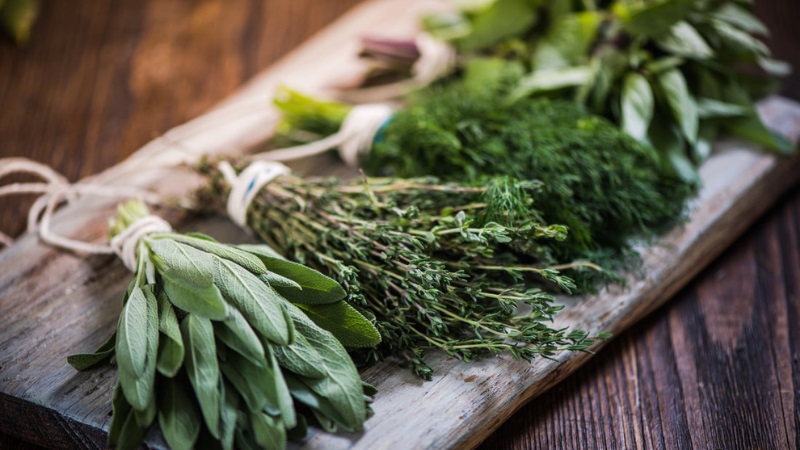An Unbiased View of Herbalife

In 1990, expense associated with "alternate" treatment in the United States was approximated to be US$ 13.7 billion. In Australia, copyright, and the United Kingdom, yearly expenditure on conventional medication is estimated to be US$ 80 million, US$ 1 billion, and US$ 2.3 billion, respectively.
The complete industrial worth of the ethnobotanicals market can not be overlooked. As an example, in 1995, the complete turnover of nonprescription-bound herbal medications in drug stores was equivalent to almost 30% of the complete turn over of nonprescription-bound medications in Germany, and in the USA, the yearly retail sales of organic items was approximated to be US$ 5.1 billion.
The smart Trick of Herbalife That Nobody is Discussing
In China, the total value of herbal medicine manufactured in 1995 reached 17.6 billion Chinese yuan (around US$ 2.5 billion; Eisenberg et al. 1998; WHO 2001). This trend has continued, and yearly earnings in Western Europe reached US$ 5 billion in 2003-2004 (De Smet 2005). In China, sales of herbal items completed US$ 14 billion in 2005, and revenue from natural medicines in Brazil was US$ 160 million in 2007 (World Health Company; http://www.who.int/topics/traditional_medicine/en/). In China, in 2003, conventional natural medications played a famous role in the strategy to consist of and treat severe intense breathing syndrome (SARS), and in Africa, a conventional organic medicine, the Africa blossom, has been made use of for years to deal with wasting symptoms connected with HIV (De Smet 2005; Tilburt and Kaptchuk 2008).
Herbs and plants can be processed and can be absorbed various methods and kinds, and they include the entire herb, teas, syrup, necessary oils, ointments, salves, rubs, capsules, and tablets that consist of a ground or powdered type of a raw natural herb or its dried out extract. Plants and herbs essence vary in the solvent used for removal, temperature level, and extraction time, and consist of alcoholic extracts (tinctures), vinegars (acetic acid extracts), warm water essence (tisanes), long-lasting steamed essence, generally origins or bark (products), and cool infusion of plants (macerates).

Around 200 years ago, check that the initial pharmacologically active pure compound, morphine, was generated from opium removed from seeds cases of the poppy Papaver somniferum. This exploration revealed that medications from plants can be cleansed and carried out in specific dosages no matter of the resource or age of the product (Rousseaux and Schachter 2003; Hartmann 2007).
Some Ideas on Herbalife You Should Know
With this ongoing trend, products from plants and natural resources (such as fungi and marine microbes) or analogs influenced by them have added considerably to the industrial drug prep work today. Instances consist of antibiotics (e.g., penicillin, erythromycin); the heart stimulant digoxin from foxglove (Digitalis purpurea); salicylic acid, a precursor of aspirin, stemmed from willow bark (Salix spp.); reserpine, an antipsychotic and antihypertensive medicine from Rauwolfia spp.; and antimalarials such as quinine from Cinchona bark and lipid-lowering representatives (e.g., lovastatin) from a fungus (Rishton 2008; Schmidt et al.
More than 60% of cancer therapies on the market or in testing are based on all-natural products. Of 177 medicines authorized around the world for therapy of cancer cells, even more than 70% are based upon natural items or mimetics, most of which are enhanced with combinatorial chemistry. Cancer therapeutics from plants include paclitaxel, separated from the Pacific yew tree; camptothecin, acquired from the Chinese "happy tree" Camptotheca acuminata and utilized to prepare irinotecan and topotecan; and combretastatin, originated from the South African bush willow (Brower 2008.
Between 2005 and 2007, 13 drugs obtained from natural items were approved in the United States., last accessibility: November 5, 2010).
Everything about Herbalife
In the USA, the National Facility for Complementary and Different Medicine at the National Institutes of Health and wellness spent approximately US$ 33 million on herbal medications in the 2005; in 2004, the National Canadian Institute devoted almost US$ 89 million for researching a series of conventional therapies. While this scale of financial investment is reduced contrasted to the complete r & d expenses of the pharmaceutical industry, it however shows authentic public, sector, and governmental passion in this field (Li and Vederas 2009). With tremendous growth in the rate of interest in and use traditional medicines worldwide, 2 major areas of issue occur that bring significant obstacles.

Comments on “Not known Factual Statements About Herbalife”